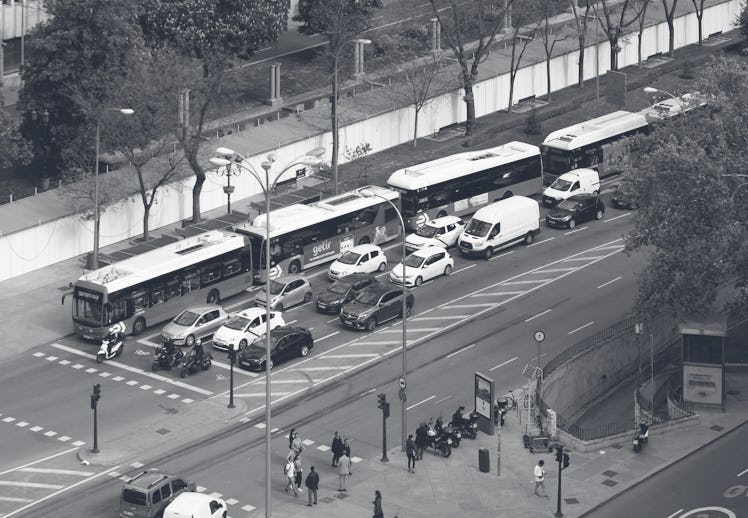New Report Shows Traffic Deaths Are Soaring — But We Can Fix It
“People in America are more than twice as likely to be killed on the road compared to Canada, just over the border, and more than four times as likely than in the leading countries of Western Europe.”

The National Highway Traffic Safety Administration released its yearly report on traffic deaths, and the numbers are startling. The NHSTA’s early findings indicate more than a 10% increase in traffic-related deaths from 2020 to 2021. Approximately 42,915 people died as a result of vehicle accidents in 2021, compared to 38,824 in 2020.
This increase marks the highest number of accident-related deaths in over 15 years, and the most significant increase since the NHSTA began using the Fatality Analysis Reporting System. And it’s of particular importance to all of us, especially parents: motor vehicle-related accidents are the second leading killer of children in the United States, behind firearms.
How unsafe are roads in America?
“People in America are more than twice as likely to be killed on the road compared to Canada, just over the border, and more than four times as likely than in the leading countries of Western Europe,” Representative Peter DeFazio, Chairman of the House Transportation and Infrastructure Committee said during a committee meeting to discuss the NHSTA findings. “These countries have long acknowledged the risk of dangerous road design, embraced robust vision zero and complete streets policies, and provided many safe and convenient alternatives to driving.”
But these results aren’t limited to those who were killed in cars and trucks. They include pedestrians and cyclists killed by motorists as well, which increased by 13% and 5%, respectively, in 2021. And pedestrian deaths hit the highest number on record in 2020 since 1989 — in other words, more people are dying on the road than they have in many, many decades.
Though 2019 data from the Insurance Institute for Highway Safety and Highway Loss Data found that deaths of kids younger than 13 have declined since 1975, taking greater action to keep streets safer will help as traffic and pedestrian deaths are soaring.
“We face a crisis on America’s roadways that we must address together,” said U.S. Transportation Secretary Pete Buttigieg in a press release for the report. “With our National Roadway Safety Strategy and the President’s Bipartisan Infrastructure Law, we are taking critical steps to help reverse this devastating trend and save lives on our roadways.”
What can be done to help solve this crisis?
One way the NHTSA is addressing the crisis is by amending the five-star safety rating system that ranks new vehicles sold on the market in the United States. Traditionally, the five-star vehicle safety rating (otherwise known as the New Car Assessment Program or NCAP) is tabulated by measuring how well cars keep people inside of the car safe when in accidents. The five-star safety rating has never been required to report how well cars keep pedestrians or other people outside of the vehicle safe during accidents. Now, new regulations will begin to take pedestrians in mind.
The Urban Institute, an economic and social policy think tank, released a report analyzing the NHSTA data and compiled a list of actions states and municipalities can take to improve outcomes for motorists, pedestrians, and cyclists alike.
- Reduce speed limits. Research shows that pedestrians are less likely to die if struck by a vehicle traveling at less than 30 miles per hour.
- Install traffic and speed monitoring cameras along highways to encourage drivers to maintain posted speed limits.
- Create pedestrian-only, no motor vehicle areas in urban centers and other designated areas like around schools.
- Encourage the use of smaller fleet vehicles to reduce injuries to pedestrians who are struck.
“This crisis on our roads is urgent and preventable,” said NHTSA Deputy Administrator Dr. Steven Cliff. “We will redouble our safety efforts, and we need everyone – state and local governments, safety advocates, automakers, and drivers – to join us. All of our lives depend on it.”
This article was originally published on